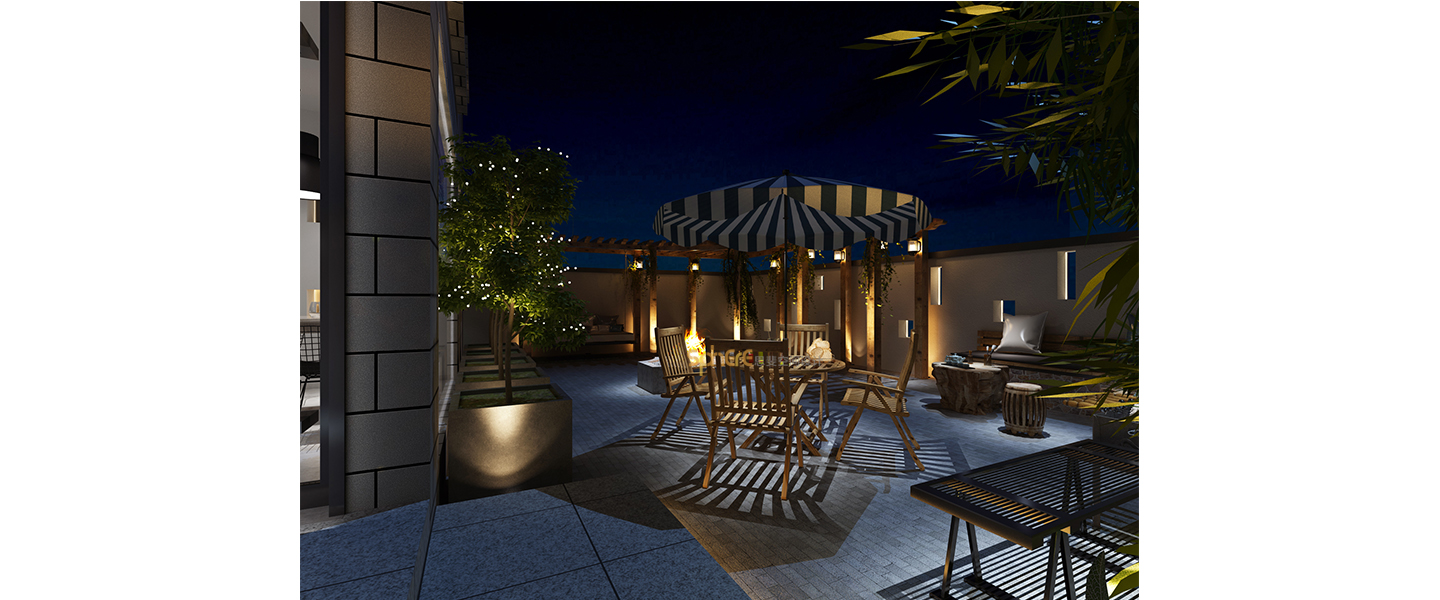Adolfo Ibañez University José Cruz Ovalle y Asociados
2012-04-04 00:00
Adolfo Iba ez大学校园建筑,Vi a del Ma
Architecture of the Adolfo Ibañez University - Campus, Viña del Mar
这所新校区位于维尼亚德尔马市的山丘上,占地20公顷,俯瞰这座城市、瓦尔帕莱索湾和太平洋,试图为大学生活创造一个独特的建筑群,使学习与沉思之间有某种联系。
This new campus located on the hills of the city of Viña del Mar, in a 20 hectare plot, overlooking the city, the bay of Valparaiso and the Pacific Ocean, attempts to create a unique compound for university life, that allows for a certain relationship between study and contemplation.
构成这座建筑大院的各种物体构成了一个遮蔽的露台,其梯度开口将距离与距离联系在一起,专注于空间的延伸,将露台打开,形成一个沿着山坡延伸的大型公园。不同物体的内部是通过悬挂在地面水平上的猫道连接在一起的,这样就可以在没有开始或结束的情况下绕着整个装置运行。
The various bodies that make up the building compound constitute a sheltered patio, whose gradated openings link the proximity with the distance, focus on the extension of space and open the patio into a large park that stretches along the slopes. The interiors of the various bodies are connected together by catwalks suspended above ground level which allows orbiting the entire set with no beginning or end.
一种新的自由状态的基本概念-与在学校中经历过的不同-在居住时应该变得明显起来。因此,循环和静止,这两种行为变得多重,一种总是有几条路可以选择从A到B,都在一个非均匀的空间里,它的旋转和褶皱,大小的变化和在黑暗和光之间的渐变使实际的移动变得有吸引力:每一步都打开新的视野,建立我们所谓的空间呼吸。
The underlying idea of a new state of freedom - contrasting to that experienced at school - should become apparent when inhabiting it. Thus circulating and remaining still, these two acts, become multiple and one always has several routes to choose to go from A to B, all within a non-homogeneous spatiality whose turns and folds, size changes and gradations between dimness and light make the actual moving attractive: each step opening up new visions, building what we have called spatial breathing.
这种空间呼吸从空隙中构想出内部,同时向不同方向展开的深度来自其楼层的间距:它不是关于不同的楼层,而是一个多层的集合。因此,内部空隙的垂直膨胀,不仅从下面出现,就像在哥特式大教堂中一样,而且通过它的三维循环,同时是有人居住的空间和悬浮中的发光空洞。
This spatial breathing that conceives interiors from the void, unfolding simultaneously depths -in different directions- from the spacing of its floors: it is not about different floors but of an ensemble of multiple levels. Thus, the vertical expansion of inner void, not only emerges from below, like in a Gothic cathedral, but also circulates through its three dimensions, simultaneously being inhabited space and luminous void in suspension.
由于悬挂在不同高度的各种物体,通过坡道和走道连接在一起,使这种影响更加突出,成为在不同项目发生时保持静止的地方。这些悬浮体上的交叉和光线形成了某种空间浮力,给空间带来了一个无法达到的维度。
The effect is accentuated by the presence of various bodies suspended at different heights, linked by ramps and walkways, becoming places for remaining still where different programs take place. The crossing and the incidence of light on these suspended bodies builds some sort of spatial flotation that brings an unattainable dimension to the space.
将脚的连续性与眼睛不断变化的路线和不断变化的空间视觉联系起来,使得放松身体和唤醒感官成为可能。这样,居住在大学里的经验就符合形式。因此,教育可以理解为给事物形状的教与学;使形式、行为、存在方式、发生…形成。我们的想法。
Linking the foot continuity of one’s feet with the variation of the eye ever-changing routes and shifting visions of space, makes it possible to relax the body and awaken the senses. In this way the experience of inhabiting the university meets the form. Therefore education can be understood as the teaching and learning of giving shape to things; giving shape to forms, acts, ways of being, occurrences… to our thoughts.
从这个意义上说,教育克服了无形事物的阻力。当建筑触及我们的感官时,它可能会唤醒我们在不同程度上对形体的渴望。这可能是建筑和教育之间的关系。
In this sense, education overcomes the resistance of that which is formless. When architecture touches our senses it may awaken that craving which, to varying degrees, we all have for the form. This may be the relationship between architecture and education.
 举报
举报
别默默的看了,快登录帮我评论一下吧!:)
注册
登录
更多评论
相关文章
-

描边风设计中,最容易犯的8种问题分析
2018年走过了四分之一,LOGO设计趋势也清晰了LOGO设计
-

描边风设计中,最容易犯的8种问题分析
2018年走过了四分之一,LOGO设计趋势也清晰了LOGO设计
-

描边风设计中,最容易犯的8种问题分析
2018年走过了四分之一,LOGO设计趋势也清晰了LOGO设计






















































































